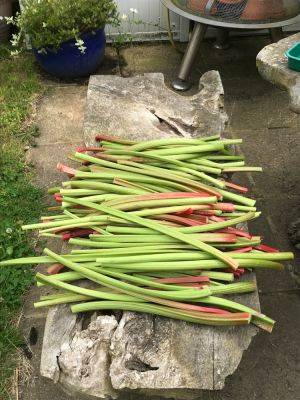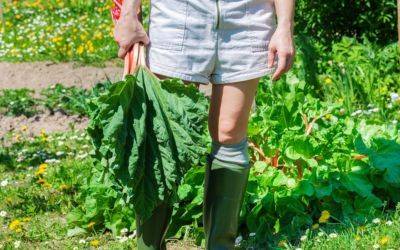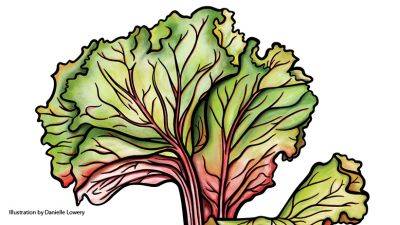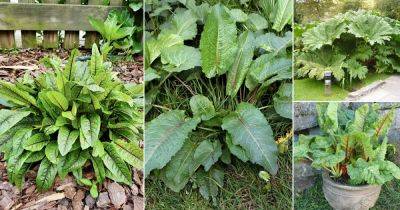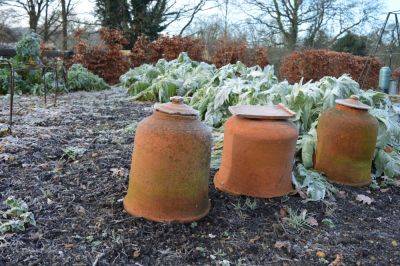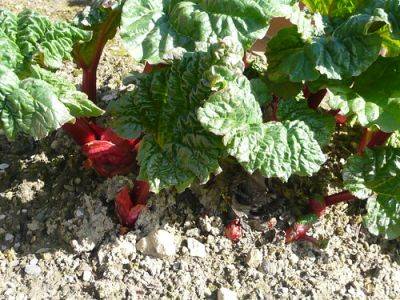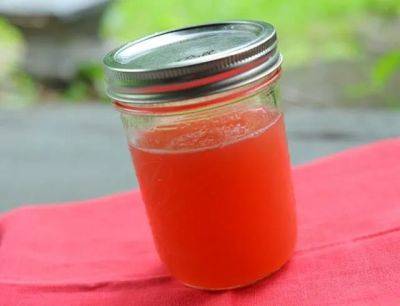Rhubarb Tips & Guides
Welcome to the diygarden.cc website in the rhubarb section.
Rhubarb is a perennial vegetable known for its edible stalks, which are often used in cooking and baking. Botanically, rhubarb belongs to the genus Rheum in the family Polygonaceae.
The most commonly cultivated species is Rheum rhabarbarum. Rhubarb is native to Asia, specifically the regions of China and Siberia. It has been cultivated for thousands of years for both culinary and medicinal purposes.
The use of rhubarb in cooking dates back to ancient times, and it has been a popular ingredient in pies, jams, sauces, and desserts. The edible part of plant is the stalk, which is long, thick, and celery-like. The stalks are typically red, but they can also be green or pink, depending on the variety.
The leaves of rhubarb are not edible and contain oxalic acid, which can be toxic if consumed in large quantities. Therefore, it is essential to remove and discard the leaves before using the stalks. It has a tart and slightly sour flavor, which makes it ideal for pairing with sweet ingredients in various recipes. It is often sweetened with sugar or combined with fruits like strawberries to balance its acidity and create delicious desserts.
Rhubarb is a cold-season vegetable that prefers cool climates and is typically harvested in the spring and early summer. It is a hardy plant and can tolerate frost, which is why it often appears as one of the first crops in the garden after winter. In addition to its culinary uses, it has also been used medicinally in traditional Chinese medicine. The dried roots of certain rhubarb species have been employed for their laxative properties.
